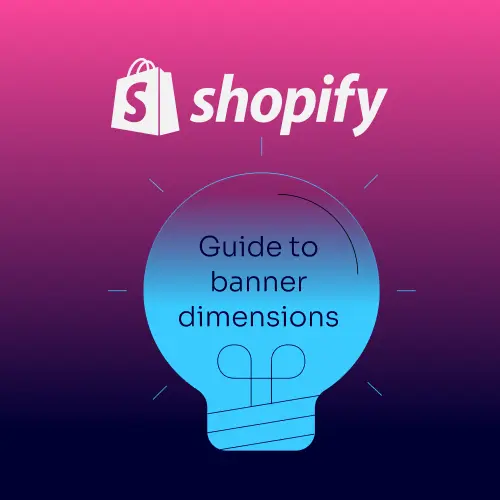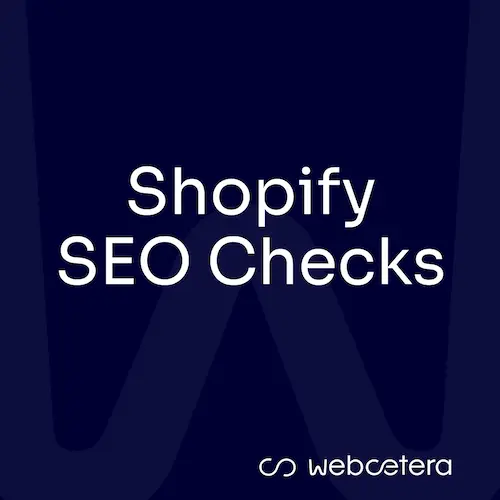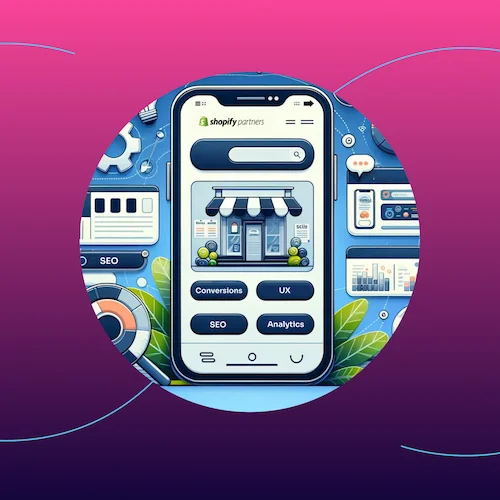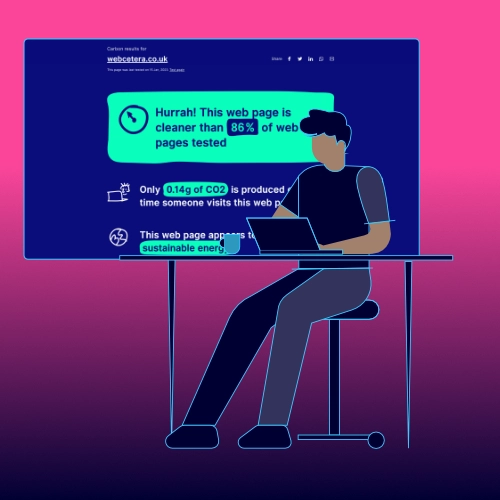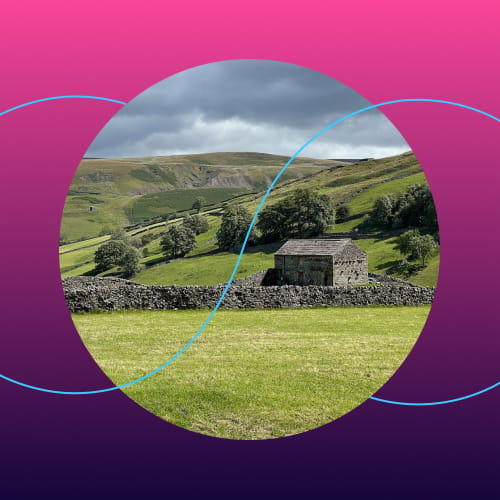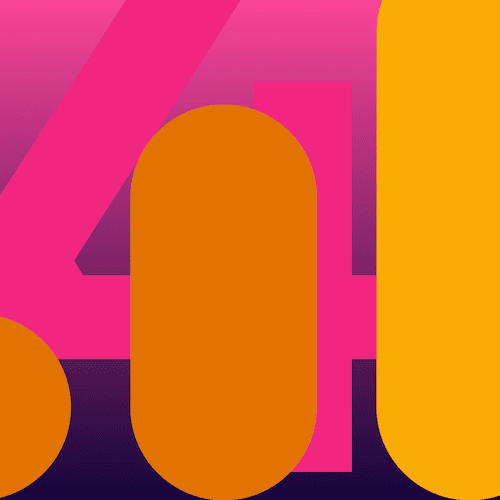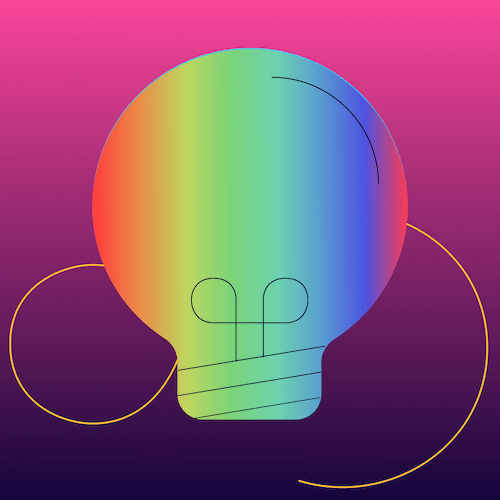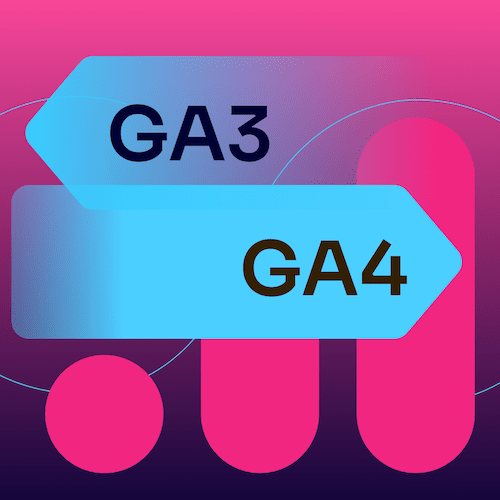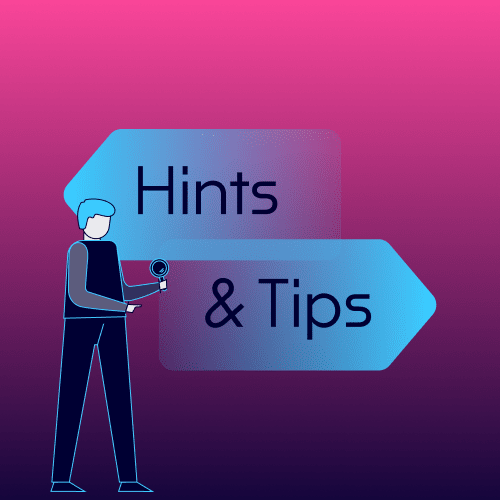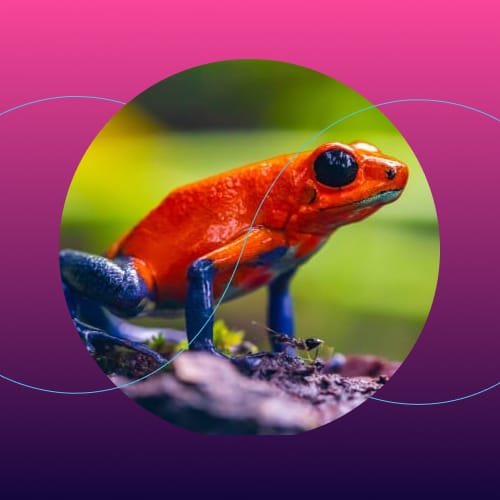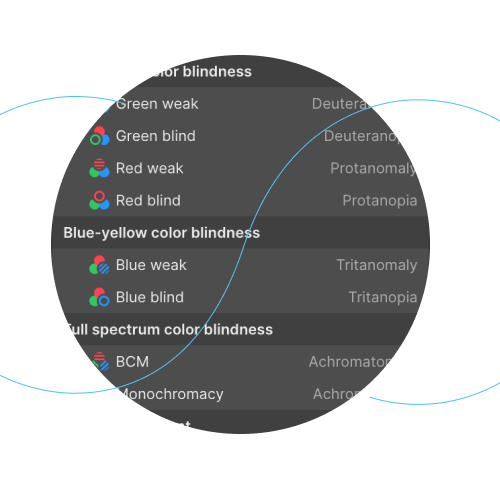A key aspect to any website brand and design is colour. Colour is emotive, affects the user experience of your website and plays a crucial part in your website’s accessibility.
The Psychology of Colour
Colours can elicit different emotions and reactions from people. Studies have shown the effects of colour on human behaviour, influencing our moods, feelings, and behaviours.
Red is associated with passion, excitement, and energy. It can also signify danger or warning.
Blue, on the other hand, is associated with calmness, trust, and professionalism.
Yellow is often associated with happiness, optimism, and creativity.
Then there are secondary colours.
Purple is a combination of red and blue and can trigger a mix of emotions from both. It’s often associated with creativity and imagination.
Green represents nature, growth, and health. Think about how we associate green with the health of the planet.
In website design, colour can help designers create a visual language that resonates with their target audience. By selecting the right colours, designers can communicate the message of the brand and create an emotional connection with the user.
The Use of Colour in Website Design
Brand Identity
Colour is an essential element of a brand's identity. It helps to distinguish the brand from its competitors and creates a lasting impression in the minds of the users. The colours used in a website should be consistent with the brand's identity across all platforms (website, LinkedIn, Facebook, marketing literature and so on).
One of the world's strongest brands—Coca-Cola—is known for its iconic red and white colour palette which is used consistently throughout their website, packaging, and advertising.The result, a strong brand identity.
User Experience
Used effectively, colour can help guide users through the website and highlight important elements such as calls to action (CTAs).
A red CTA stands out and can create a sense of urgency and encourage users to take action. Red is also associated with “stop” in many parts of the world, so it needs to be used wisely.
Similarly, the use of blue or green for navigation can create a sense of calmness and make it easier for users to find what they are looking for.
Accessibility
Colour is also essential in creating an accessible website. When we design websites, we carefully consider users with colour blindness or other visual impairments. We avoid the use of colour alone to convey information and make sure that there is a good contrast between the text and the colour of the background.

Tips for Using Colour in Website Design
Colour Contrast
The contrast between the background and text colour is essential for readability. The foreground to background contrast ratio for normal text (usually about 16 pixel font size in your web browser) is 4.5:1. For larger text such as heading, it is 3:1.
You can read more from the official WCAG guidance website, and there are a lot of helpful tools such as this Colour Contrast Checker.
Use Colour Consistently
Consistency is key when it comes to colour. The same colours should be used consistently throughout the website, including headings, text, CTAs, and navigation.
Consider Cultural Differences
Colour can have different meanings in different cultures. Designers should consider the cultural significance of colour when designing a website for a global audience.
Test and Refine
If budget and time allows, consider testing different colour combinations to see how users respond. A/B testing can be used to compare the effectiveness of different colour schemes and make data-driven decisions.
We can help
Colour is an essential aspect of website design that can impact the psychology and emotions of users. When we design a website, we get to know you, and your audience. From this we can put meaningful ideas together to inform any decision you make.

